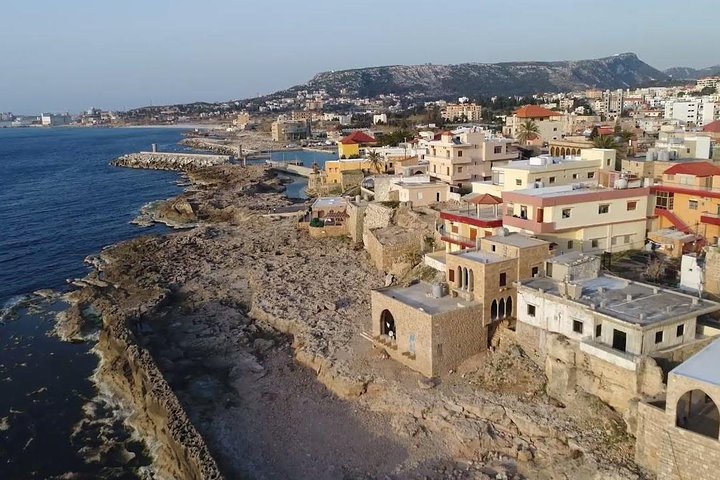Exploring the Spiritual Tapestry of Tripoli and Batroun: A Journey Through Lebanon’s History
Join me as I explore the ancient city of Tripoli and the charming coastal town of Batroun, delving into Lebanon’s rich history and vibrant culture. Discover the spiritual connections and timeless beauty that make this journey a true pilgrimage.
A Journey Through Time in Tripoli
As I embarked on the Small-Group Tour to Tripoli and Batroun, I was filled with anticipation. Tripoli, a city that has stood the test of time, is a living testament to the rich tapestry of history that Lebanon offers. The moment I set foot in this ancient city, I was enveloped by the vibrant energy of its bustling souks and the whispers of its storied past.
The Citadel of Saint Gilles, or Qal’at Sinjil, was our first stop. This imposing fortress, with its layers of history from the Fatimid, Crusader, Mamluke, and Ottoman periods, stood as a guardian over the city. As I walked through its ancient corridors, I could almost hear the echoes of the past, the clashing of swords, and the prayers of those who sought refuge within its walls. The view from the citadel was breathtaking, offering a panoramic vista of Tripoli, a city where the old and new coexist in harmony.
The Al Mansouri Mosque, with its blend of Western and Islamic architecture, was a spiritual haven. The mosque’s courtyard, surrounded by a vaulted prayer hall, was a place of tranquility amidst the city’s hustle and bustle. As I stood there, I felt a deep connection to the generations of worshippers who had come before me, their prayers still resonating in the air.
The Soul of Tripoli: Souks and Hammams
The souks of Tripoli are a sensory delight, a kaleidoscope of colors, sounds, and scents. As I wandered through the narrow alleys of Souk Al-Harajb, I was transported to a different era. The vibrant stalls, with their array of spices, textiles, and crafts, were a testament to the city’s rich trading history. Each souk had its own unique character, from the bustling food markets to the tranquil Khan Al-Khayyatin, where tailors plied their trade.
A visit to the Tripoli Soap Factory, Khan el Masriyen, was a highlight. The scent of olive oil soap filled the air, a reminder of the city’s artisanal heritage. The hammams, with their faded grandeur, spoke of a time when these public baths were the heart of social life. Although Hammam Al Jadid is no longer in operation, its architecture still stirs the imagination, a relic of the Mamluke and Ottoman eras.
Batroun: A Coastal Gem
Leaving Tripoli, we journeyed to Batroun, a coastal town that exudes charm and history. The ancient Phoenician Wall, standing resilient against the sea, was a marvel to behold. As I walked along this historic barrier, I felt a connection to the ancient mariners who once navigated these waters.
Batroun’s beaches, with their golden sands and azure waters, offered a serene escape. The town’s historic sites, including its ancient churches and castles, were a testament to its storied past. A visit to Hilmi’s House of Lemonade was a refreshing end to the day. The lemonade, a perfect blend of sweetness and zest, was a delightful reminder of the region’s bountiful citrus groves.
This journey through Tripoli and Batroun was more than just a tour; it was a pilgrimage through time, a chance to connect with the spiritual and cultural heritage of Lebanon. As I returned to Beirut, I carried with me the memories of a land where history and modernity dance in a delicate balance, a place where the soul finds solace in the echoes of the past.



































